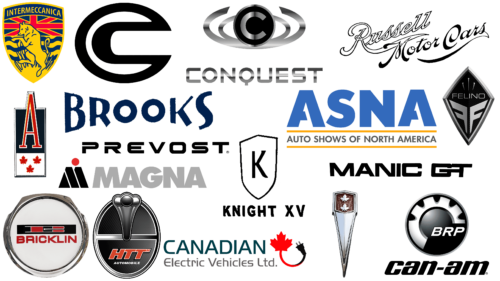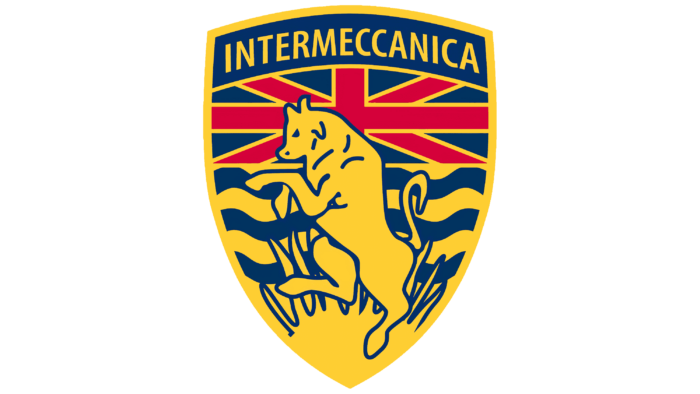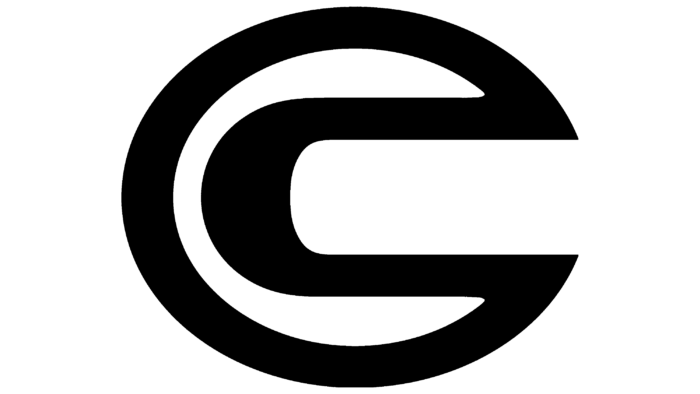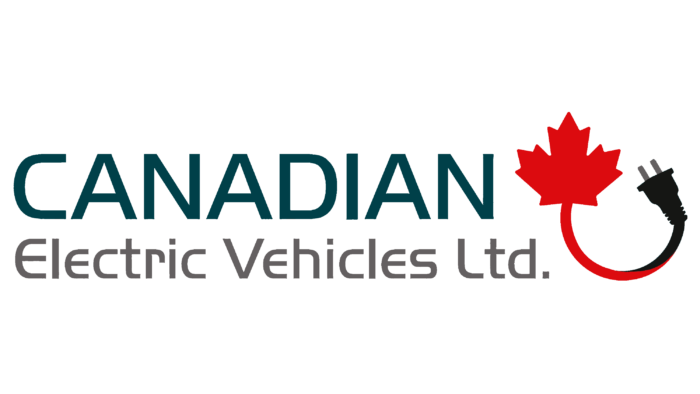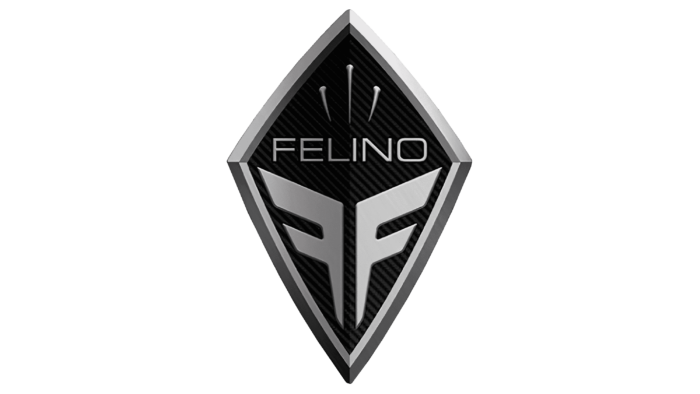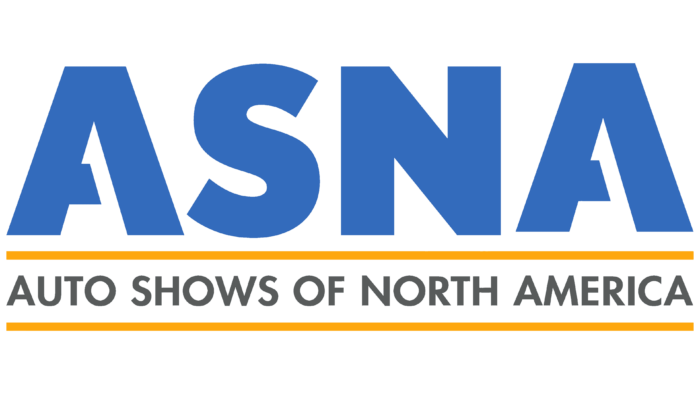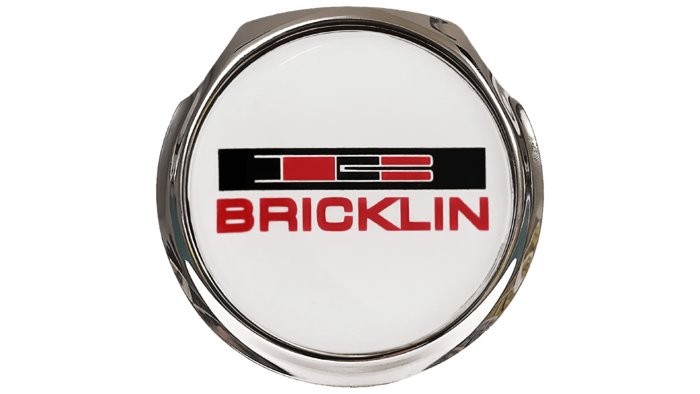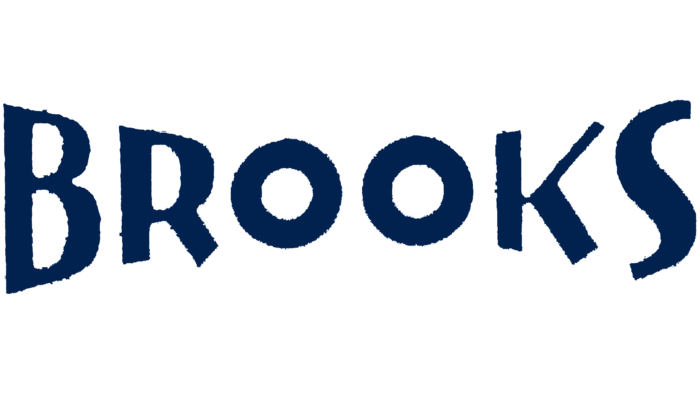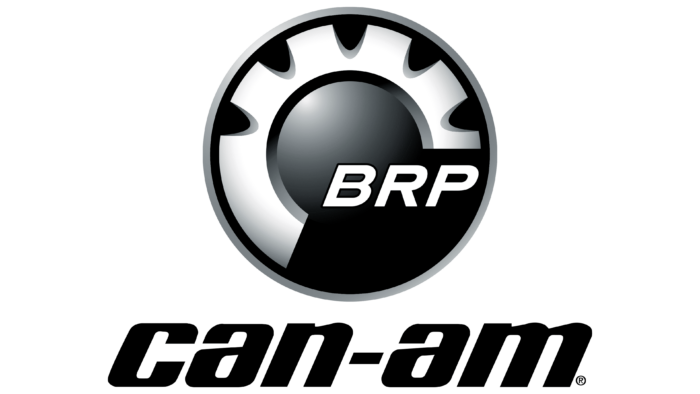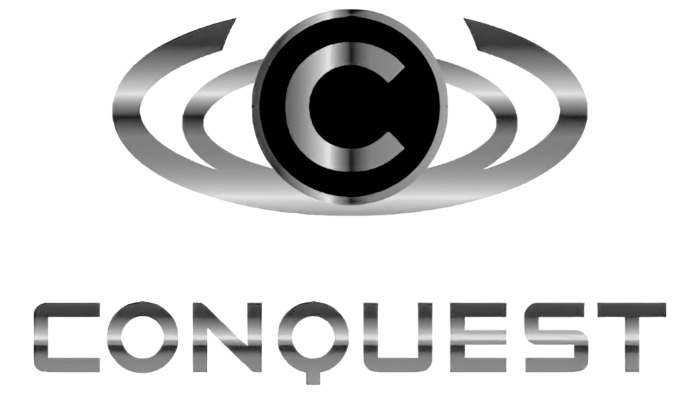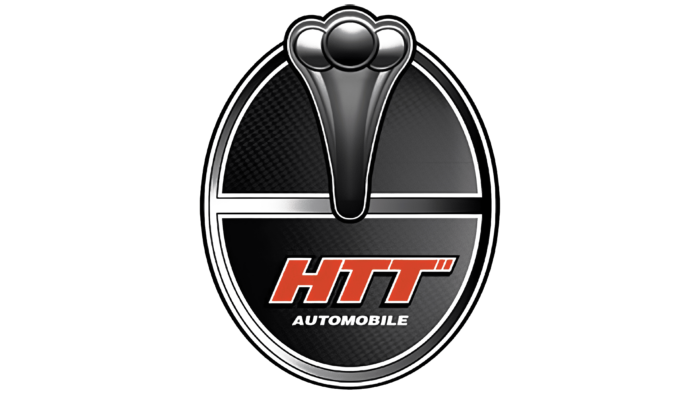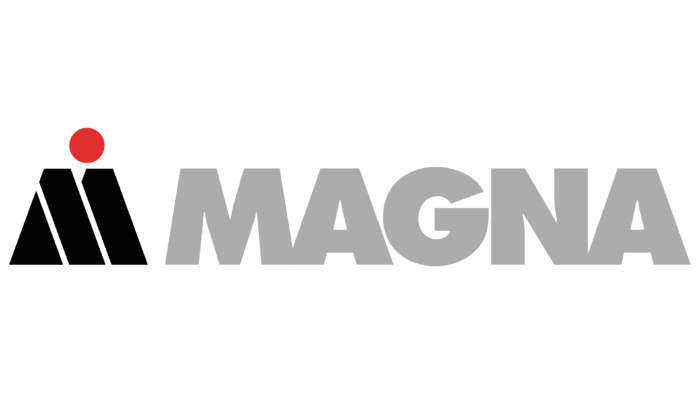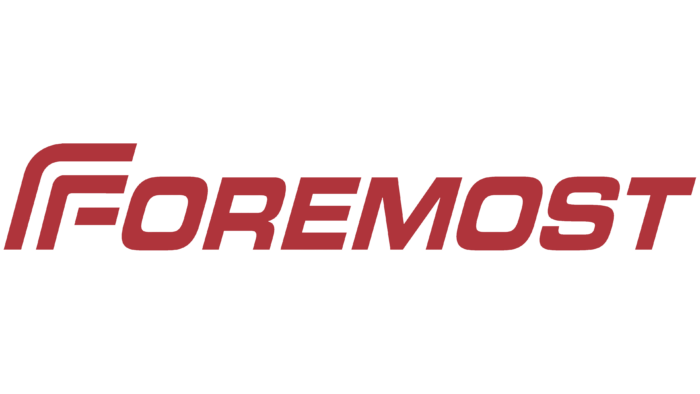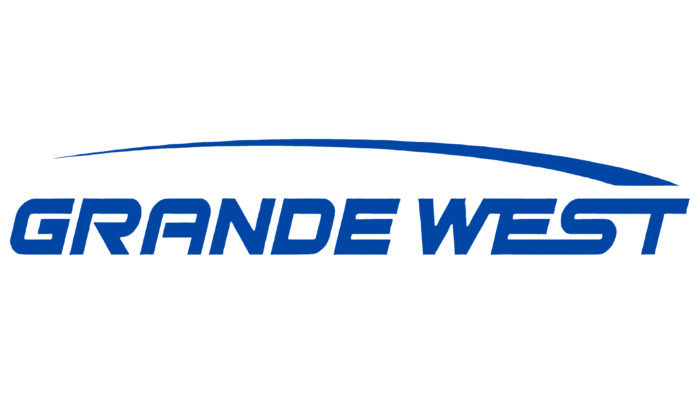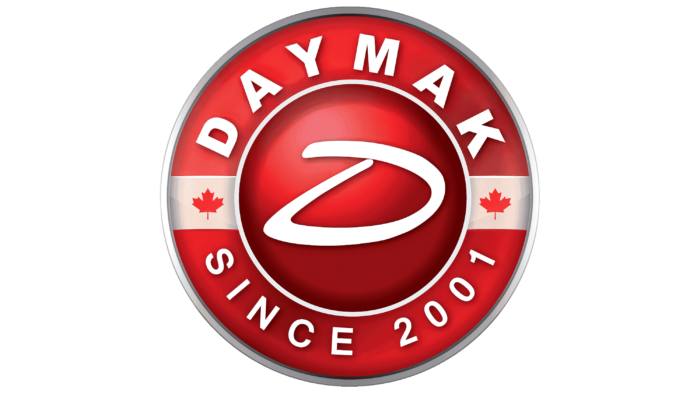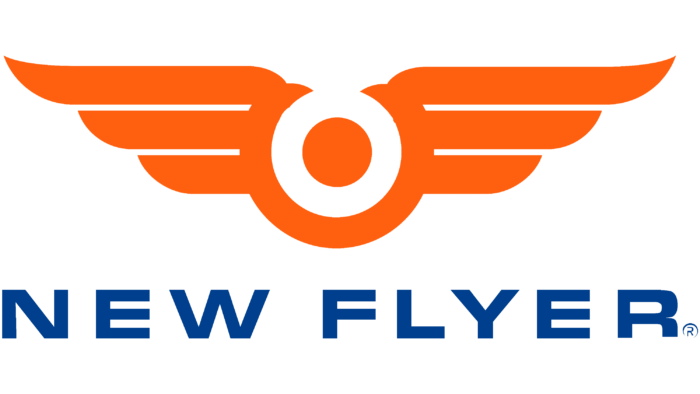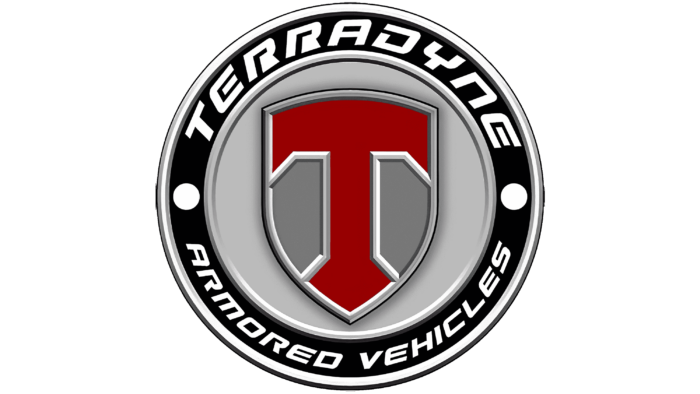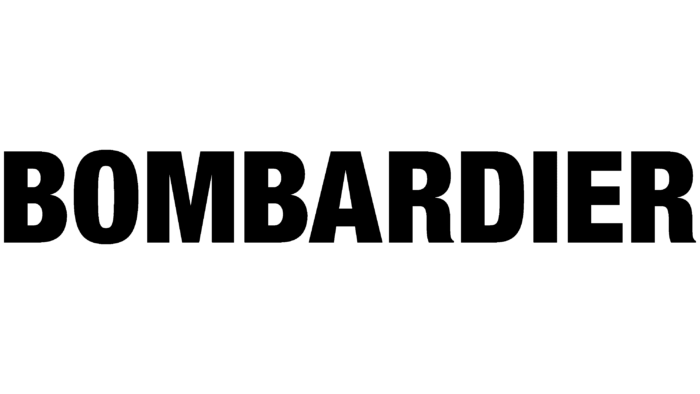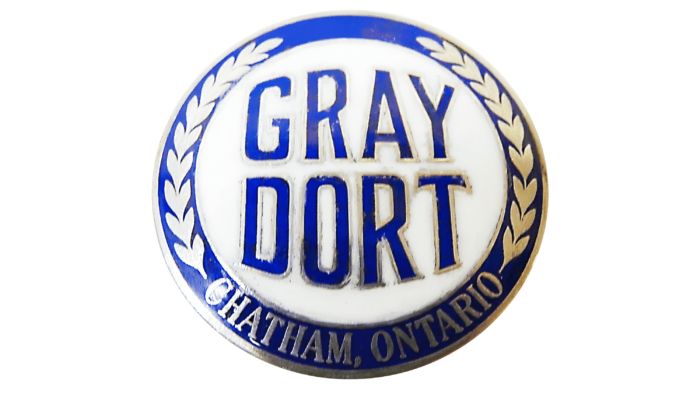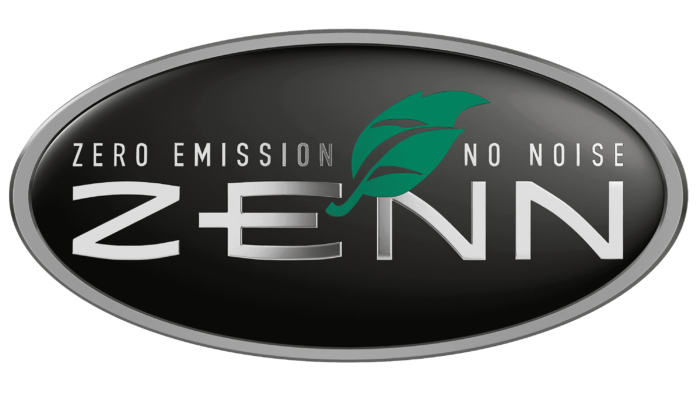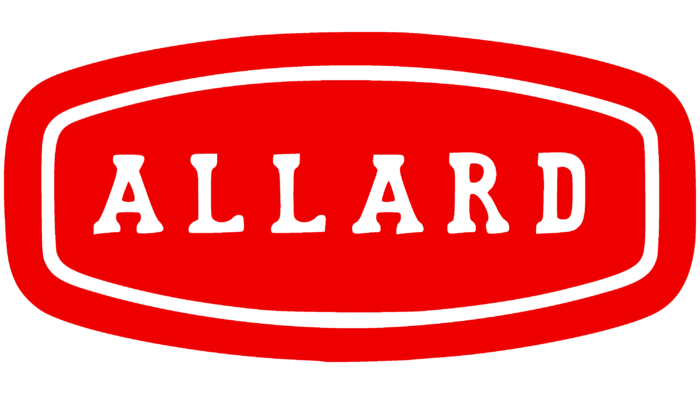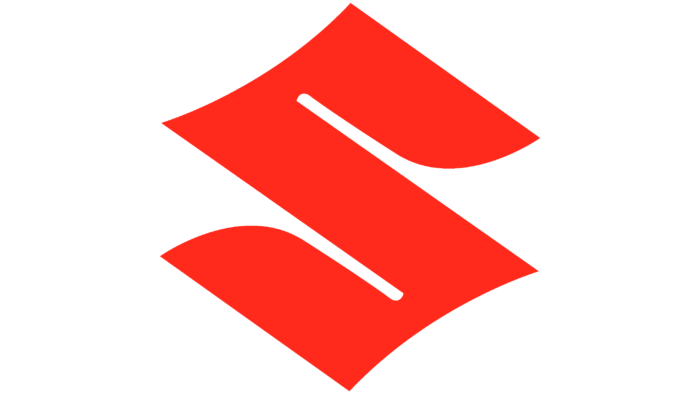There are few Canadian automotive brands because the country’s automotive industry is underdeveloped. It is not a key part of the economy or a major contributor to government revenue. Instead, Japanese and American companies produce their transportation equipment in Canada. However, a small group of companies make up the Canadian auto industry. It is mainly focused on “green” technologies.
What are Canadian automobile brands?
It is an essential part of the Canadian economy as the automotive industry is one of the largest industrial sectors in the country. But Canada is mostly home to assembly lines of foreign companies – primarily Toyota, Honda, General Motors, Ford, and Fiat-Chrysler. There are not so many brands there. They supply products either to the domestic market or to the market of foreign manufacturers.
Major Canadian Car Brands
This category of manufacturers is the most numerous in Canada. A careful attitude to nature, high technology, comfort, and practicality characterize its cars. Prevost, Intermeccanica, Campagna Corporation, and Bombardier comprise its main backbone. They either belong to foreign representatives or supply products only to the domestic market.
Prevost
The company was founded in 1924 in St. Clair, Quebec. It is part of Volvo Buses Corporation and produces business-class vehicles. In particular, the company produces three-axle buses in two categories: tourist and commercial. Its best product is the Prevost X3 (New York City Transit intercity bus). The list also includes the H3-45 bus used for tourist trips (Tai Pan Tours).
The company, created by carpenter Eugene Prevost, was called Les Ateliers Prévost. After receiving an order for a bus chassis, the private manufacturer retrained and began producing metal chassis instead of wooden ones. In 1995, Volvo Bus Corporation bought the company. As of 2007, the company employs about 1,400 people and has six offices across the North American continent. The Canadian manufacturer also has a group of premium business-class vehicles and RVs.
Intermeccanica
Construzione Automobili Intermeccanica is an automobile company that dates back to 1959. Its origin is the city of Turin (Italy). The company’s founder was Henry Reisner, who later transferred the business to his son, Frank Reisner. The Italian business first moved to the United States and then to Canada, with headquarters in New Westminster. It has not left the country since, focusing on the production of tuning kits.
Gradually, the company moved into the production of automobiles. Its first model was a sports car, Formula Junior, with a Peugeot engine. Then, there was a line of copies of famous models. These are Porsche 356 Speedster (1976) and Checker Taxi (1979). Porsche 3560 and Volkswagen Kubelwagen copies are now in the company’s range. There are also variants of the 1958 Speedster and the turbocharged Roadster and Speedster.
Campagna Corporation
This Canadian automobile company, based in Boucherville, Quebec, was founded in 1988. It was founded by Daniel Campagna, a Quebec-based Formula 1 Ford racer and T-Rex prototype sports car inventor. Campagna personally designed the cars and gathered a team of specialists around him.
2019, the company announced its closure due to a lack of funding, but a month later, it resumed operations and equipment sales. The reason is that the company found new investors, a manager, and a production place (a Boucherville factory). There, it currently produces two-seat tricycles.
Canadian Electric Vehicles
A company with the acronym CEV was founded in 1996 in Errington, British Columbia. At first, it focused on converting internal combustion engines into battery-powered electric engines. In the early years, the company also designed and developed automobile parts. Later, a large-tonnage truck, Might-E Truck, appeared in its lineup. It is a specialized heavy-duty truck actively used by the management of many private companies, municipalities, parks, universities, etc.
Felino Corporation
This Canadian manufacturer of supercars and racing cars appeared in 2009. It was founded by Antoine Bessette, a former racing driver from Montreal (Quebec). The automaker’s debut model was the Felino CB7 sports car. It was developed over several years (2010 – 2014) and tested at the Gilles Villeneuve Formula 1 circuit. Prototypes of the novelty were first presented at the Montreal International Motor Show. Serial production of the signature design began in 2016. The designer of the original car is the head of the company himself.
Acadian
The Acadian car brand was introduced in 1962 by GM Canada and existed until 1971. Its logo contained a large red letter “A” on a white and blue rectangle background. At the bottom were three maple leaves, symbols of Canada.
ASNA
ASNA stands for Auto Shows of North America, a committee formed in 2003 to promote automotive marketing. The ASNA logo contains both versions of the name: full and abbreviated. At the top is a blue abbreviation, with a gray phrase below it, separated on both sides by horizontal lines.
Beaumont
Beaumont was another General Motors brand that existed in the 1960s. Its logo featured two maple leaves in a polygon and an arrow pointing downward.
Bricklin
This brand produced SV-1 model semi-sports cars in the 1970s. The Bricklin logo looked like a white circle with a metal frame. Inside was a stylized letter “B” on the background of a black rectangle with red lettering.
Brooks
From 1923 to 1936, Brooks Steam Motors, Ltd. was a Canadian steam engine manufacturer. Its logo contained the dark blue word “BROOKS” in capital letters that were smaller in the middle than on the edges.
Can-Am
Bombardier Recreational Products owns the Can-Am brand, which specializes in sports cars. Designers developed a logo consisting of a black circle with the white abbreviation “BRP” and a half-ring stylized as a cogwheel. The brand name is written in italicized lowercase black letters at the bottom.
Conquest Vehicle Incorporated
Conquest Vehicle Incorporated is a Toronto-based company known for its armored vehicles. Its logo resembles a copyright mark, containing the letter “C” in a circle. The letter, border, decorative stripes, and the word “CONQUEST” are silver, while the circle is black.
HHT Technologies
HHT Locus Technologies is a Quebec-based company that manufactures supercars. Its emblem is recognized by the red inscription “HTT,” which is complemented by the white word “AUTOMOBILE” and located in the lower part of the gray oval. On top is a circle design and an elongated figure of indeterminate shape.
Knight XV
Knight XV is Conquest Vehicles’ flagship brand. It produces a luxury SUV covered with armor and running on biofuel. The SUV’s logo is a white shield with a black outline, the letter “K,” and a separate inscription, “KNIGHT XV.”
Magna
The Canadian company Magna International does not produce cars themselves, but parts for their assembly and supplies auto parts of famous brands. Its logo contains the word “MAGNA” written in bold gray letters and a stylized abbreviation “MI.” It consists of a black triangle, two diagonal polygons of the same color, and a red circle.
Manic GT
This brand’s sports cars were produced for three years—from 1969 to 1971. The Manic GT logo looked like a simple black word mark. It was the brand name written in bold capital letters.
Russel
Russell Motor Car Company became famous as the manufacturer of the first successful automobile in the Canadian auto market. It existed until 1916 and used a logo that featured its full name. The words were written in an elegant cursive script.
Foremost Vehicles
Foremost Vehicles manufactures off-road vehicles for the construction, mining, and oil and gas industries. It produces heavy-duty all-terrain vehicles, dump trucks, drilling machines, and many other specialty vehicles. The company’s logo is a burgundy word “Foremost” with a stylized “F” consisting of three stripes.
Grande West Transportation Group
Grande West Transportation Group is the old name of Vicinity Motor Corp., a Canadian bus company. Before the rebranding, its logo consisted of the phrase “GRANDE WEST” written in a stylized bold blue font. The same blue line was drawn across the top as an arch.
INKAS
INKAS is the brand name under which a group of privately held Canadian corporations operate. These companies offer various goods and services, including armored vehicles. Their emblem is a winged lion with a sword, depicted inside a rectangular shield with a pointed base.
Manufacturer, Truck, Bus, Other
Although heavy transportation equipment is not the main direction of production in Canada, it exists and is represented by several brands. New Flyer, Nova Bus, and Terradyne Armored Vehicles are the most famous.
Daymak
This transportation brand from Ontario started with a gift. In 2001, its future founder, Aldo Baiocchi, tried to find a good electric scooter for his daughter but could not find one. Then, he decided to open a business to develop, produce, and sell electric scooters. At first, the entrepreneur settled down in a cramped 30-square-meter garage. Then, he moved into a store so customers could better study and test the product before buying.
Today, the facility is 60,000 square feet and has over 100 dealerships at home and abroad. Its appliances have won several prestigious sustainability awards, including Cleantech North. The brand’s product range includes electric and SUVs, ATVs, scooters, mopeds, and other vehicles.
Nova Bus
This automaker from the Canadian city of St. Eustache (Quebec) first emerged as a plant opened in 1979 by General Motors. With its current name, the brand appeared on its base in 1993. Its founder was Nova Quintech, which bought the Dial Corporation division. Since 1998, the brand has belonged to Volvo Corporation. In 2004, Nova Bus was fully transferred into its ownership.
New Flyer
The brand originated in 1930 in Winnipeg, Manitoba, and produced buses of the Xcelsior line. It was formerly known as Western Auto and Truck Body Works Ltd. In 1937, the company began assembling buses and, in 1941, produced the Western Flyer model. Its name, received in 1948, served as the name for the entire company. Since then, the automobile platform has produced buses in several classes. It has gone through many purchases and sales, so now its plants are in Canada and the United States. The NFI Group currently owns the brand name.
Terradyne
This Canadian armored car company is located in Newmarket, Ontario. It manufactures armored vehicles and specialized vans for various government services. Its range includes government bullet-resistant vehicles and private vehicles. Patrol, police, and multi-purpose armored vehicles are also available under this brand.
Bombardier
In 1942, industrialist Joseph-Armand Bombardier founded Bombardier Recreational Products, the name of which was gradually shortened to the acronym – BRP. The headquarters of the company is located in Montreal (Quebec). It is now a large manufacturing facility focused on automobiles, motorcycles, snowmobiles, and ATVs. It applies its innovations, continuing to win prestigious awards in the Canadian automotive industry. The best examples of this company are the BR180 series snowmobile and two tractors – the B12 passenger tractor and the J5c trailed tractor.
Defunct Car Brands
McLaughlin Automobile
The founder of this company is Robert McLaughlin, who opened it in 1869 in Oshawa, Ontario. It represented the transportation business and, for many years, was engaged in car building for railway trains. In 1907, the head of the company reoriented it to the production of automobiles, achieving high profitability. At the height of its popularity, he purchased the Chevrolet Motor Company of Canada and 1915 merged it with his former company. The merger resulted in another organization, which he named General Motors of Canada Limited. The McLaughlin Automobile Company has since ceased to exist.
Gray-dort Motors
Dim Dort Motors, founded in 1855 by William Gray & Sons Company Ltd, was not originally in the automobile business – it was a carriage business. In 1900, it switched to making bodies for Ford at its Walkersville plant. Another five years later, after merging with the Flint Company, she began manufacturing passenger cars. Its debut cars were the Touring Model 5 and Model 4 Roadster. Then came a period of crisis, which it could not overcome, and in 1925 ceased operations. The company was based in Chatham, Ontario.
ZENN Motor Company
Initially, the company was called GoodCars and immediately focused on producing environmentally friendly vehicles—low-speed and electric cars. Jan, Marek, and Probyn “Bunny” Bunny, who opened it in 2000, set this goal. Its current name is ZENN, an acronym for Zero Emission No Noise. All of its transportation products are based on this technology.
Dynasty Electric Car Corporation
Manufacturer of light commercial, recreational, and urban electric vehicles offering miniature versions with a range of up to 50 km and speeds up to 40 km per hour. They were founded in 2001 to produce low-speed vehicles. In 2018, Pakistan-based Karakoram Motors announced the purchase of the company, which it plans to relocate to Pakistan.
Allard Motor Company
The Allard Motor Company has produced about 1,900 vehicles in the 13 years of its existence. The automobile industry has always fascinated its creator, Sidney Allard. First, he created racing models of off-road vehicles and then began to modify Ford cars. During this time, the developer accumulated a lot of spare parts, which came in handy after the war when he founded his own company. Things were going well, and the automobile market was replenished with promising sports cars. To expand the lineup, Allard began producing eight-seat sedans and microcars. But no matter what he did, he could not beat the manufacturers of cheaper and more technologically advanced brands. In the late 1950s, the company closed its plants. Motorists remembered it by its red oval logo with the white inscription “ALLARD” inside.
Orion Bus Industries
Orion Bus Industries has been producing buses under the Orion brand since 1975. Seven generations of vehicles were produced, differing in their main characteristics. In the early years, the manufacturer was called Ontario Bus and Truck, Inc., and after 2006, it became DaimlerChrysler Commercial Buses North America. Due to rebranding, its logo was constantly changed. Orion buses had an emblem with blue lettering (model name) next to a curved line.
Studebaker
The first Studebaker were electric cars. They brought the company such popularity that it could increase its production capacity and produce up to 180 thousand cars annually. However, in the 1950s, the company became uncompetitive and was forced to merge with Packard Motor Car Company. Their union was unsuccessful: the combined organization was on the verge of bankruptcy. In 1967, the Studebaker brand within Wagner Electric formed Studebaker-Worthington. While independent, it had its logo: a handwritten inscription “Studebaker” in a black parallelogram across the spoke wheel.
Suzuki Canada Inc.
Suzuki Canada Inc. was founded in 1975 as a subsidiary of Suzuki Motor Corporation of Japan. At the beginning of its activities, it sold motorcycles, and its staff numbered only three dozen people. The company then began to produce outboard motors, ATVs, and motorcycles. Suzuki Canada Inc. also sold used and new trailers, trucks, and cars on the wholesale market. Its logo featured a large stylized red letter “S.”
FAQ
Who builds the most cars in Canada?
In 2022, Toyota was the top vehicle producer in Canada, assembling more cars than any other brand. Toyota’s production surpassed the combined total of Ford and General Motors.
Honda had a significant presence in the Canadian automotive market, being the third-largest producer among the five main vehicle manufacturers in the country: Toyota, Ford, General Motors, Honda, and Stellantis (formerly Fiat Chrysler Automobiles).
Other key manufacturers include:
- Ford: Produces models like the Ford Edge at its Oakville Assembly Complex.
- General Motors (GM): Manufactures vehicles like the Chevrolet Equinox at its Ingersoll facility and operates in Oshawa.
- Stellantis: Produces vehicles like the Chrysler Pacifica and Dodge Grand Caravan at its Windsor Assembly Plant.
Toyota’s leadership and the significant roles of Honda and other manufacturers highlight the importance of automotive manufacturing to the Canadian economy.
How many car manufacturers are in Canada?
Canada is one of the world’s top 12 producers of light vehicles, with five major car manufacturers assembling over 1.4 million vehicles each year. These manufacturers called Original Equipment Manufacturers (OEMs), play a vital role in the Canadian automotive industry.
Key Car Manufacturers in Canada
- Stellantis: Formerly known as Fiat Chrysler Automobiles, Stellantis produces various vehicles at its Windsor Assembly Plant, including the Chrysler Pacifica and Dodge Grand Caravan.
- Ford: Ford has a long history in Canada, with its Oakville Assembly Complex producing models like the Ford Edge and Lincoln Nautilus.
- General Motors (GM): GM operates several facilities in Canada, such as the Ingersoll plant, where it builds the Chevrolet Equinox, and additional operations in Oshawa.
- Honda: Honda’s plant in Alliston, Ontario, produces models like the Honda Civic and Honda CR-V, ensuring its strong market position through innovation and quality.
- Toyota: Toyota leads vehicle production in Canada, with plants in Cambridge and Woodstock, Ontario. It produces popular models like the Toyota RAV4 and Lexus RX.
These five manufacturers are crucial to Canada’s automotive industry. They provide thousands of jobs and support many suppliers and related businesses. Producing over 1.4 million vehicles annually contributes to the Canadian economy’s growth and stability.
Does Canada have their own car company?
Canada has its own car companies, both past and present. The country is known for hosting major global manufacturers but has a history of domestic automotive innovation.
Canadian Car Companies
- Bricklin Motorcars Ltd.: Founded in the 1970s by Malcolm Bricklin, this company produced the Bricklin SV-1, a sports car with unique gull-wing doors. Although the company did not last long, the SV-1 is still iconic.
- Conquest Vehicles: This brand is known for luxury armored vehicles, catering to a niche market with high-end, secure transport options.
- Felino: Produces high-performance sports cars, such as the Felino cB7, designed and built in Canada for car enthusiasts and racers.
- HTT Automobile: Known for the Pléthore LC-750, a supercar that showcases Canadian engineering and design.
- Intermeccanica/Electra Meccanica: Intermeccanica has a long history of building custom cars. Electra Meccanica focuses on electric vehicles, like the Solo, a single-passenger electric car designed for urban commuting.
- Magnum Cars: Magnum Cars specializes in track-ready sports cars, with the Magnum MK5 being a lightweight, high-performance vehicle aimed at driving enthusiasts.
- McLaughlin Motor Car Company: Founded in the early 20th century, this company was one of Canada’s first car manufacturers. It later merged with General Motors to become General Motors of Canada.
- Meteor: A Canadian brand that produced cars from the 1940s to the 1970s as a division of Ford of Canada, offering distinct models for the Canadian market.
- Prevost Car: A leading manufacturer of high-end coaches and motorhomes known for their luxury and reliability.
- Russell Motor Car Company: One of Canada’s early car manufacturers, Russell produced cars in the early 1900s and was known for its innovation.
While Canada does not have as many large-scale manufacturers as other countries, its domestic brands have significantly contributed to the automotive industry. These companies highlight Canada’s innovation and engineering capabilities and serve niche markets.
What car companies are in Canada?
In Canada, the automotive industry is predominantly shaped by the assembly plants of foreign automakers. Notable among these are Toyota, Honda, General Motors, Ford, and Fiat-Chrysler.
Toyota operates multiple manufacturing plants in Canada, with one of the key facilities in Cambridge, Ontario. This plant is renowned for producing models like the Toyota RAV4 and Lexus RX.
Honda’s major operations in Canada include a significant manufacturing facility in Alliston, Ontario. This plant produces several popular models, such as the Honda Civic and Honda CR-V.
General Motors, a long-standing player in the Canadian automotive sector, maintains significant manufacturing operations in Ontario.
Ford operates a notable assembly plant in Oakville, Ontario. This facility plays a crucial role in the brand’s North American manufacturing strategy, producing various models, including SUVs and crossover vehicles.
Fiat-Chrysler, part of the larger Stellantis group, has a significant presence in Canada. The brand’s assembly plant in Windsor, Ontario, is well-known for manufacturing minivans, including the Chrysler Pacifica.
While these foreign automakers dominate the Canadian automotive industry, a few domestic companies contribute. For instance, companies like ElectraMeccanica, based in Vancouver, focus on innovative electric vehicles, while Campagna Motors, headquartered in Quebec, is known for its unique three-wheeled vehicles.
What vehicles are made in Canada?
Various vehicles are produced in Canada, including buses, trucks, light vehicles, special armored vehicles, electric vehicles, and sports cars. Foreign brands have manufacturing facilities in Canada, and some domestic companies focus on the local market.
Nova Bus, part of the Volvo Group, makes transit buses in Saint-Eustache and Saint-François-du-Lac, Quebec. These buses are used across Canada and exported.
Canada has several truck manufacturing plants. In Sainte-Thérèse, Quebec, Paccar produces heavy-duty trucks like Kenworth and Peterbilt, which are known for their durability.
Major automakers dominate the production of light vehicles in Canada. Toyota’s plant in Cambridge, Ontario, produces models like the RAV4 and Lexus RX. Honda’s Alliston plant in Ontario makes the Civic and CR-V. General Motors’ Oshawa Assembly Plant produces models like the Chevrolet Silverado and GMC Sierra. Ford’s Oakville Assembly Plant makes SUVs like the Edge and Lincoln Nautilus.
Canada makes special armored vehicles. INKAS Armored Vehicle Manufacturing in Toronto produces armored cars, trucks, and specialty vehicles for security and defense, which security forces, military, and private security firms use.
The country also produces electric vehicles. ElectraMeccanica, a domestic company in Vancouver, focuses on innovative EVs like the single-seat, three-wheeled Solo designed for urban commuting.
Canada has a niche market for sports cars. Campagna Motors in Quebec makes unique three-wheeled sports vehicles like the T-Rex and V13R, known for their performance and design, appealing to enthusiasts.
What is Canada’s famous car?
In Canada, the Honda Civic is a famous car. It is known for reliability, affordability, and fuel efficiency. The Civic has been a favorite for many years and appeals to various drivers, including young professionals and families. It comes in different models like sedans, coupes, and hatchbacks, making it a common sight on Canadian roads.
The Ford F-Series is the leader in sales among new models, including full-size pickup trucks like the F-150. These trucks are popular for their power, durability, and advanced technology features. They handle diverse weather conditions and rugged terrain well, making them ideal for personal use and work.
